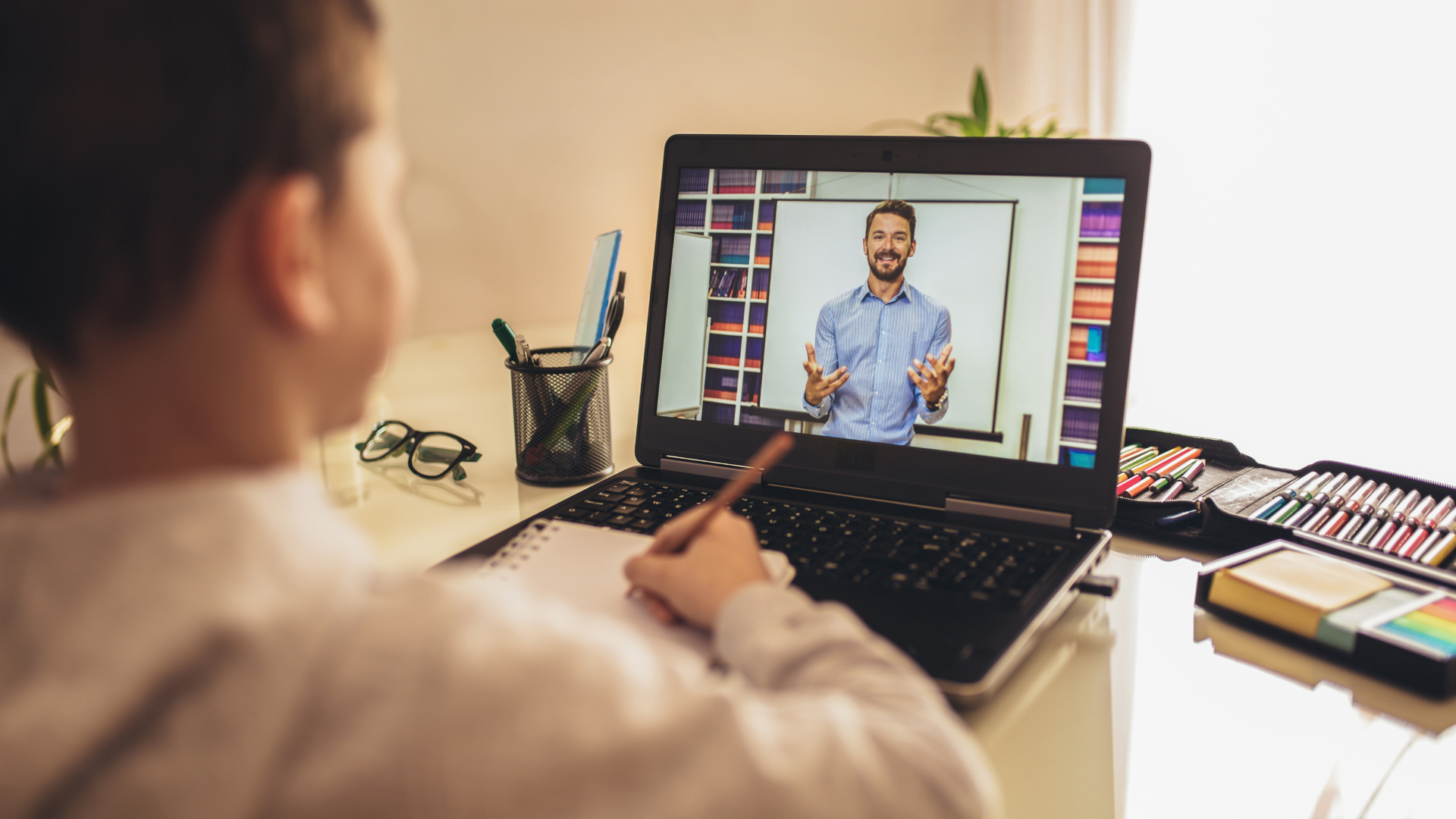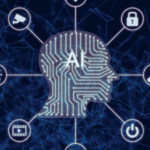Technology has come a long way in the last few decades, and it’s no wonder it plays a vital role in education and learning. In this article, we’ll take a closer look at the role of technology in the classroom and how it can improve student learning. We’ll also explore the potential drawbacks of relying on technology for educational purposes and some ways to ensure we make the most of modern tools and resources.
Exploring the Impact of Technology on Education
The impact of technology on education is vast. It has changed how we teach and learn, providing new opportunities for students and educators alike. Technology has made it possible for teachers to individualize instruction and meet the needs of all learners. Students can access information and resources that were once out of reach and learn at their own pace. The use of technology in education has also led to more engaging and interactive learning experiences. Students are no longer confined to the traditional classroom setting but can now learn anywhere.
While the impact of technology on education is undeniable, some challenges still need to be addressed. For example, the digital divide continues to be a problem in many communities. Not all students have access to the same resources or opportunities when it comes to technology. Another challenge is ensuring teachers are trained to use technology in their classrooms.
Many educators are comfortable using essential technologies but others need more support to incorporate them effectively into their teaching practices. For the improvement in education and technological advancement, institutes and educators can also get external help from an education consulting firm that could provide support in regard to strategic school development. This can help schools to adapt to new changes in terms of academic courses, teaching methods, tech use, etc.
Despite these challenges, the impact of technology on education is positive overall. Technology has the potential to transform teaching and learning in powerful ways.
Embracing Technology in the Classroom
As educators, we must always look for ways to improve our students’ learning experiences. Technology has become an increasingly important part of education and learning, and we must embrace it. There are so many ways that we can use technology in the classroom to enhance learning. For example, online resources can provide students with 24/7 access to information and allow them to learn at their own pace. Interactive tools such as simulations and games can make learning more engaging and fun.
Revolutionizing Education with Technology
Technology has revolutionized education and learning by providing new tools and resources to improve teaching and learning. It helps teachers better assess student understanding and progress. Ultimately, technology in education can improve student achievement by providing new learning opportunities.
Some of how technology has revolutionized education include:
Online Learning Platforms
Online learning platforms such as Moodle, Google Classroom, and Blackboard allow teachers to create interactive lessons and activities for students to engage in remotely.
Virtual Classrooms
Virtual classrooms allow students to interact with one another and their teachers in real-time over the internet, regardless of their physical location. All you need to do is look for the best Delaware internet providers (or similar services in your local area) to have access to fast and reliable internet so learning can be made easy. Furthermore, this can be particularly useful for providing additional support and resources to students who may not have access to on-campus classes or those who may be unable to attend due to health concerns or personal reasons.
Augmented Reality (AR)
AR is a growing trend in education. It allows students to explore virtual environments through their devices and engage with content in more immersive ways than ever before.
Adaptive Learning Software
Adaptive learning software uses artificial intelligence (AI) algorithms and data analytics to customize student learning experiences based on their needs, abilities, interests, and progress. This technology can help identify areas where students need extra support or guidance so that educators can provide it quickly and efficiently.
Interactive Displays and Boards
Interactive whiteboards have become valuable tools in modern educational settings as they offer various benefits and practical uses in the classroom. Using interactive display products like these Clevertouch screens for schools could help enhance student engagement and learning experiences greatly through multimedia presentations, online connectivity, and collaborative learning. What’s more, they are rather easy to integrate into existing technology and platforms, making it an easy, yet effective upgrade.
Machine Learning
Machine learning is a subset of AI that uses algorithms to analyze vast amounts of data to identify patterns and trends. It can help educators better understand how students learn and tailor instruction to their needs.
Overall, new resources and methods made possible by technological advancements profoundly impact classroom practice. With the proper implementation, these technologies can help educators provide students with more engaging, interactive, and personalized learning experiences that will prepare them for success in the 21st century.
Technology Benefits and Drawbacks
Technology can offer several benefits to students and educators alike. The most apparent use is accessing information and resources quickly and easily. With a few clicks, students can find primary sources, data sets, articles, and more to support their learning. Technology can also help educators create engaging and interactive lessons that capture students’ attention and promote active learning. It can also provide educators with valuable insights into student performance through data tracking and analysis. However, technology also has its drawbacks. One potential downside is the reliance on screens for both students and teachers.
Too much screen time can lead to eye strain, headaches, and neck and back pain from poor posture. While the latter can be alleviated by using a good quality chair (this website here has some good examples) that supports the back and doing some stretching every now and then, improving the former is only possible by cutting down the screen time. Apparently, overuse of technology can also lead to addiction or dependence, which can interfere with learning in both students and educators. Another potential drawback is that technology can distract the classroom if not used correctly. When misused, cell phones, laptops, and other devices can take away instructional time and prevent students from fully engaging in learning activities.
Leveraging Technology for Enhanced Education
In conclusion, technology has become an integral part of the educational process. Teachers must understand and embrace new technologies to maximize their impact on student learning and academic success. By utilizing these tools in a meaningful way, students will be able to gain deeper insights into their studies while having fun at the same time. Technology can ultimately open many doors for learners, so don’t be afraid to explore how it can benefit our education journey!





